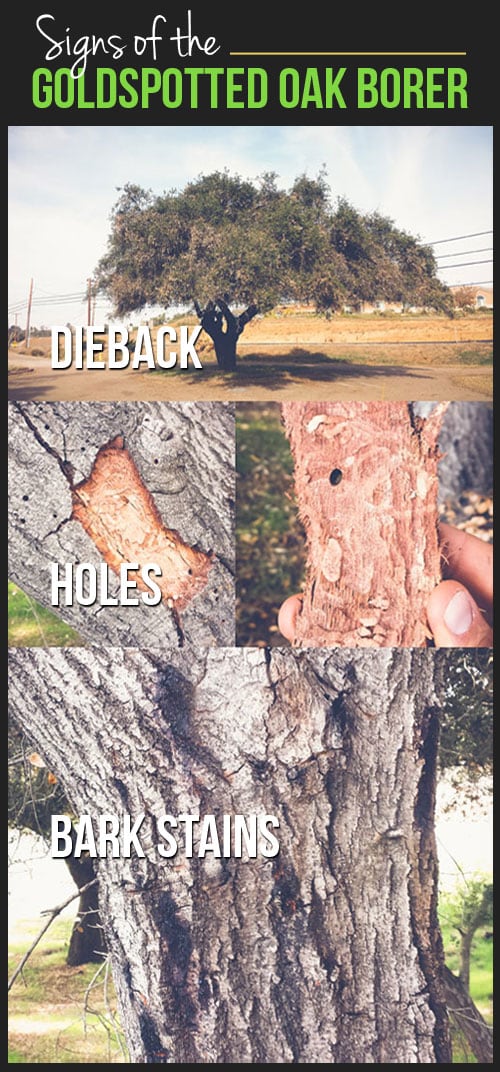Recognizing The Demand For Tree Elimination: An Overview For Homeowners
Recognizing The Demand For Tree Elimination: An Overview For Homeowners
Blog Article
Article By-Churchill Lester
Trees add appeal and worth to residential or commercial property, but they can likewise present a risk throughout severe weather condition occasions. If a tree has stopped expanding, is exhibiting noticeable fungal growth, or has a leaning trunk, it must be eliminated by a professional to prevent residential or commercial property damage and injury.
To learn more, attend a property owner resource fair co-hosted by HPD, the Facility for New York City Neighborhoods, and Brooklyn-based real estate partners this evening in Bedford-Stuyvesant. The event will include the Homeowner Handbook, a new overview to help property owners navigate the obligations of owning a home.
1. Dead or Dying Branches
Trees are an indispensable part of your home's landscape, supplying color and appeal. They additionally give shelter for wildlife and generate oxygen, however also healthy and balanced trees can experience health problems that may necessitate their elimination. Dead or passing away trees aren't just unpleasant, they can be dangerous. Their branches can drop during a tornado, leading to costly residential property damage and injuries.
When a tree's branches start to die, it means that its framework is beginning to break down. If the majority of its branches are dead, it is likely time to remove it.
Look for an absence of brand-new growth, bark peeling, open wounds or tooth cavities, fungi expanding on the trunk or origins and a general appearance of degeneration in the whole cover. These indications of infection can show a major problem that will require specialist tree solutions to deal with.
2. Leaning Trunk
While it's regular for trees to lean every now and then due to phototropism, if a tree has an unsafe or severe lean that's not because of natural processes - maybe a sign that the tree needs to be gotten rid of. If inter maintenance is leaning toward a high-voltage line, home, vehicle, play framework or any other area that could be unsafe to people if it falls, then contacting an expert tree solution for elimination ought to be a leading priority.
It's also essential to expect any kind of sudden changes in a tree's leaning as it can suggest damage to the roots or trunk that might lead to dropping. This is specifically true during stormy weather, because high winds and rain-soaked dirt can cause a lean to change rapidly. Routine surveillance, particularly during and after tornados can aid home owners recognize possible troubles with their trees so they can call an arborist for a complete analysis.
3. Parasite Infestation
Some pest infestations, such as wood-boring pests like emerald ash borer or sap-suckers like scale pests, are so extreme that they can create a tree to die. tree trimming auckland to stop pest invasion is to check your trees regularly. Seek areas, holes, or stainings in the leaves and bark. Take a look at the trunk for cracks and indications of insect damages, such as passages or tracks.
If a tree ends up being as well ravaged with parasites, or is close to a home or high-voltage line, an arborist may advise elimination. If a leaning tree develops a new, unpredictable lean, an arborist will likely recommend elimination also to make certain the safety of individuals and property. If a damaged or dead tree continuously loses excessive branches, it is a sign that it is time to get rid of the tree. If a tree continues to drop branches for an extended time period, it might result in structural troubles and possible building damage.
4. Damaged Trunk
Trees are a gorgeous and integral part of our landscape, but they do call for routine care to maintain them healthy and risk-free. If a tree is harmed irreparable it is likely time for it to find down.
Look for indications of damage to the trunk, including vertical splits, joints, dead branch stubs, noticeable injuries or open dental caries and severe tree-rot. https://docs.google.com/spreadsheets/d/1RPanU8Z1FbtG44oEOCy3lz9saJS8IjJQbDarn9psSLg/edit?gid=0#gid=0 of fungi at the base of the trunk is an additional alerting sign. Fungi may suggest that the phloem and xylem (life-support tissues) are compromised, permitting the spread of disease or a future failing.
Likewise, consider whether the tree has quit expanding. Healthy trees will have new growth every year, which may show up as buds or branches sprouting and prolonging. If you do not see any type of brand-new development, it's a good idea to have an arborist review the tree and follow their suggestion for elimination. A passing away or harmed tree can drop and trigger property damage.